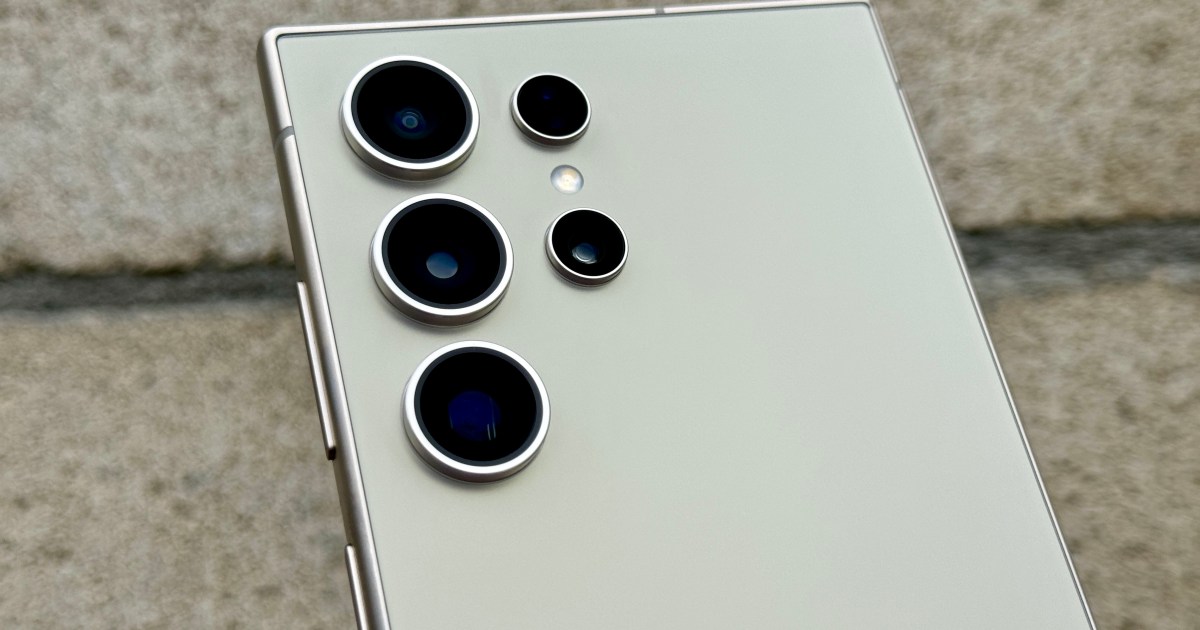Before we dig into this tantalizing, mind-bendingly ambitious leak, grab the biggest fistful of skepticism you can. Got it? Let’s get into it. According to a fresh leak, Samsung is cooking up a camera sensor with an astounding 324-megapixel resolution that could appear in a flagship phone two years from now.
According to leakster Sanju Choudhary, the Galaxy S26 Ultra will come equipped with the in-house ISOCELL HR1 sensor that yields a 324MP sensor output. That’s the most megapixel-heavy smartphone sensor we’ve come across, eclipsing the 200-megapixel units Samsung is currently hawking.
The 324MP camera will reportedly feature a 1/1.2-inch sensor. Now, do keep in mind that Samsung hasn’t officially confirmed any plans to make sensors that cross the 200MP threshold. However, this wouldn’t be the first time we have heard rumors of Samsung’s ISOCELL division chasing something truly bonkers.
The S26 Ultra might use the 324MP ISOCELL HR1 1/1.2" (Hexa² pixel) as a main sensor.
The 3x Telephoto sensor will feature a 50MP sensor.Thoughts?? https://t.co/UCvveBEMpD pic.twitter.com/kMjXaDjBjl
— Sanju Choudhary (@saaaanjjjuuu) October 25, 2024
“Production hasn’t kicked in as of now. But the development is almost done according to the sources,” Choudhary exclusively told Digital Trends. He further told us that the company is also working on an even larger 432MP camera sensor.
Late last year, another leak mentioned plans for a 320MP camera module being in development at Samsung. But the leak didn’t stop there. It also mentioned an even more ludicrous 440MP camera sensor, more than double the resolution output of the best that the smartphone industry currently has to offer.
Now, as per the latest information dump from the land of leaks, the upcoming 324MP ISOCELL sensor would likely perform two consecutive cycles of pixel binning that involve six adjacent pixel units each time.
For the unaware, large camera sensors rely on a process called pixel binning that combines adjacent pixels (in formats like 2×2, 3×3, and 4×4) to create a larger super-pixel capable of collecting more light data in order to produce more detailed shots. In some cases, the process happens twice.
Take for example the ISOCELL HP2 sensor by Samsung, which comes in at 200MP in its native state. In its first tetra cell binning stage, it produces 50MP shots. It can also go another round of binning to produce images that are effectively 12.5MP in resolution.
Chaudhary tells me that both the 324MP and 432MP sensors in development at Samsung will follow the dual hexagonal binning format. He also mentioned that the former offers 0.52-micron pixels. The latter, however, will go with an even larger sensor. On a side note, the 200MP sensor inside the Galaxy S23 Ultra already delivers fantastic results.
Those numbers might sound ridiculous, but Samsung is apparently quite serious about the progress. In 2021, at the SEMI Europe Summit, a Samsung executive highlighted plans to push a 576MP sensor by 2025. Assuming Samsung seriously chased that goal, we might be just a few months away from seeing a 576MP smartphone camera sensor (via Digital Photography Review).
When I expressed my skepticism about Samsung’s approach of developing ridiculously pixel-dense camera sensors, Chaudhary agreed that adoption would indeed be a problem, especially from the perspective of the costs involved and the optimization required to get results from such heavy sensors.
But how far are we from seeing the 324MP camera sensor? “The 324-megapixel sensors development is about to get ready,” Choudhary reiterated, adding that he’s “quite a bit confident” about the developments at Samsung.
Meanwhile, we’ve already seen the alleged renders of the Galaxy S25 Ultra, and some of its potential internal upgrades as well. It seems a design refresh is on the way, with some serious firepower boost from Qualcomm’s new Snapdragon 8 Elite system on a chip.
The next Unpacked event from Samsung will likely happen in January, and we’ll hopefully see a lot more than just Galaxy S25 series smartphones at the glitzy launch fest.

